Astronomers have uncovered rhythmic pulsations from a rare type of black hole 12 million light-years away by sifting through archival data from NASA's Rossi X-ray Timing Explorer satellite.
Aug 19th, 2014
Read more
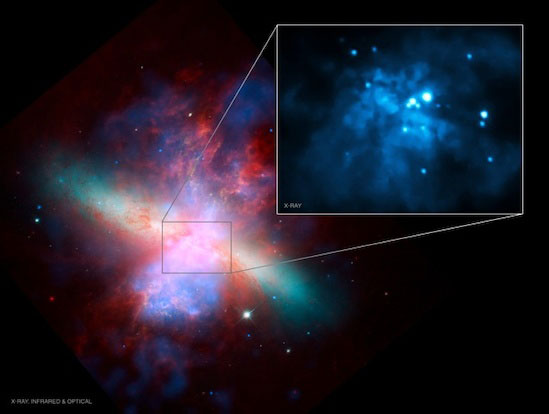 Astronomers have accurately measured - and thus confirmed the existence of - a rare intermediate-mass black hole about 400 times the mass of our sun in a galaxy 12 million light years from the Milky Way. The finding uses a technique never applied in this way before, and opens the door to new studies of these mysterious objects.
Astronomers have accurately measured - and thus confirmed the existence of - a rare intermediate-mass black hole about 400 times the mass of our sun in a galaxy 12 million light years from the Milky Way. The finding uses a technique never applied in this way before, and opens the door to new studies of these mysterious objects.
Aug 17th, 2014
Read more
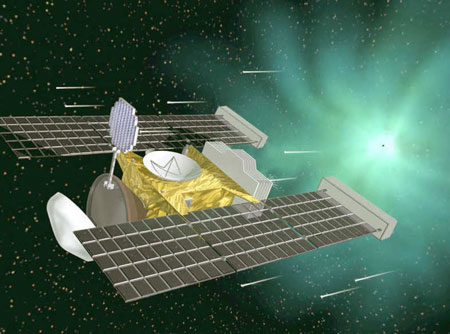 The interstellar dust particles from the Stardust mission show great variations in their elemental composition and structure.
The interstellar dust particles from the Stardust mission show great variations in their elemental composition and structure.
Aug 14th, 2014
Read more
An international team of sky scholars has produced new maps of the material located between the stars in the Milky Way. The results should move astronomers closer to cracking a stardust puzzle that has vexed them for nearly a century.
Aug 14th, 2014
Read more
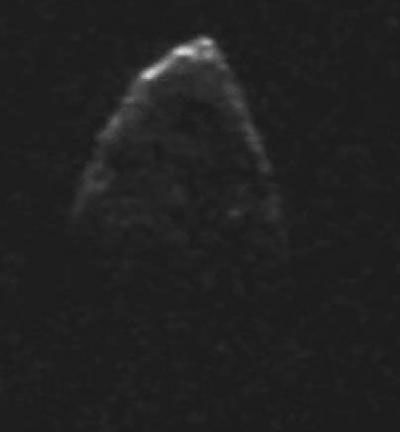 A research team studied near-Earth asteroid 1950 DA and discovered that the body, which rotates so quickly it defies gravity, is held together by cohesive forces called van der Waals, never detected before on an asteroid.
A research team studied near-Earth asteroid 1950 DA and discovered that the body, which rotates so quickly it defies gravity, is held together by cohesive forces called van der Waals, never detected before on an asteroid.
Aug 13th, 2014
Read more
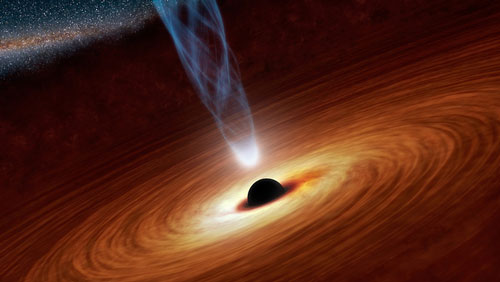 NASA's Nuclear Spectroscopic Telescope Array (NuSTAR) has captured an extreme and rare event in the regions immediately surrounding a supermassive black hole. A compact source of X-rays that sits near the black hole, called the corona, has moved closer to the black hole over a period of just days.
NASA's Nuclear Spectroscopic Telescope Array (NuSTAR) has captured an extreme and rare event in the regions immediately surrounding a supermassive black hole. A compact source of X-rays that sits near the black hole, called the corona, has moved closer to the black hole over a period of just days.
Aug 12th, 2014
Read more
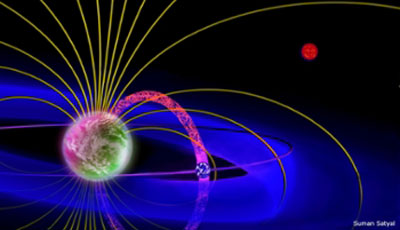 Scientists hunting for life beyond Earth have discovered more than 1,800 planets outside our solar system, or exoplanets, in recent years, but so far, no one has been able to confirm an exomoon. Now, physicists believe following a trail of radio wave emissions may lead them to that discovery.
Scientists hunting for life beyond Earth have discovered more than 1,800 planets outside our solar system, or exoplanets, in recent years, but so far, no one has been able to confirm an exomoon. Now, physicists believe following a trail of radio wave emissions may lead them to that discovery.
Aug 12th, 2014
Read more
Far-off, ancient quasars appear to us in their 'baby photos' taken less than a billion years after the Big Bang: monstrous infants in a young universe.
Aug 11th, 2014
Read more
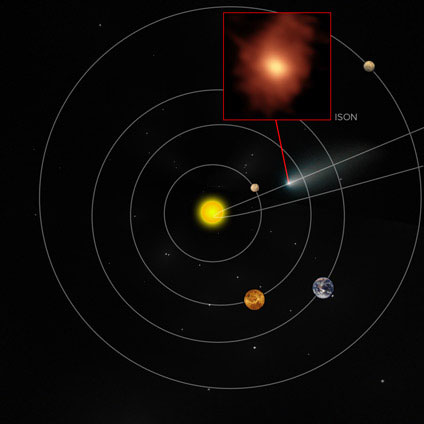 An international team of scientists using the Atacama Large Millimeter/submillimeter Array (ALMA) has made incredible 3D images of the ghostly atmospheres surrounding comets ISON and Lemmon. These new observations provided important insights into how and where comets forge new chemicals, including intriguing organic compounds.
An international team of scientists using the Atacama Large Millimeter/submillimeter Array (ALMA) has made incredible 3D images of the ghostly atmospheres surrounding comets ISON and Lemmon. These new observations provided important insights into how and where comets forge new chemicals, including intriguing organic compounds.
Aug 11th, 2014
Read more
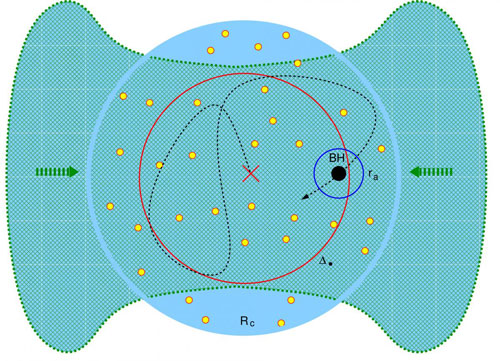 A new model shows how early black holes could have grown to over a billion solar masses.
A new model shows how early black holes could have grown to over a billion solar masses.
Aug 11th, 2014
Read more
Planetary scientists have shed some light on the bombardment history of our solar system by studying a unique volcanic meteorite recovered in Western Australia. Captured on camera seven years ago falling on the WA side of the Nullarbor Plain, the Bunburra Rockhole Meterorite has unique characteristics that suggest it came from a large asteroid that has never before been identified.
Aug 8th, 2014
Read more
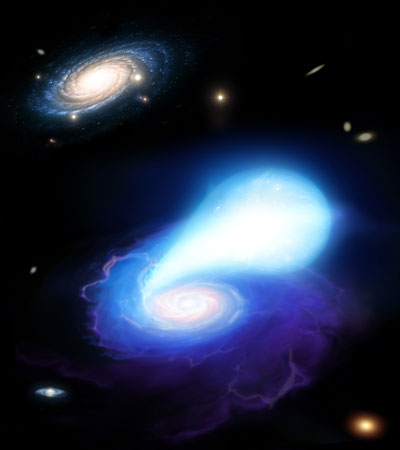 A research team of astronomers and astrophysicists have found that some of the Universe's loneliest supernovae are likely created by the collisions of white dwarf stars into neutron stars.
A research team of astronomers and astrophysicists have found that some of the Universe's loneliest supernovae are likely created by the collisions of white dwarf stars into neutron stars.
Aug 8th, 2014
Read more
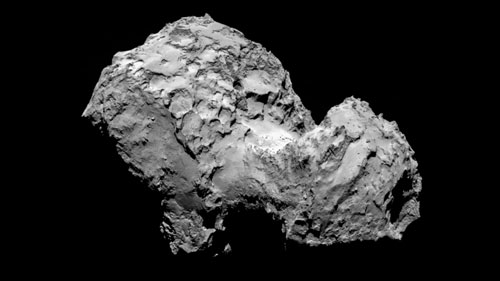 The Rosetta spacecraft has travelled over 6.4 billion kilometres, swung by planets, examined two asteroids during flybys, and spent more than two and a half years in hibernation during its 10-year journey. On 6 August 2014 at 11:30 CEST, with the Philae lander on board, it arrived at its target comet and entered into orbit.
The Rosetta spacecraft has travelled over 6.4 billion kilometres, swung by planets, examined two asteroids during flybys, and spent more than two and a half years in hibernation during its 10-year journey. On 6 August 2014 at 11:30 CEST, with the Philae lander on board, it arrived at its target comet and entered into orbit.
Aug 8th, 2014
Read more
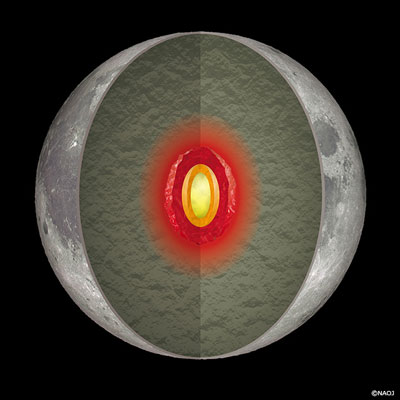 Researchers have found that there is an extremely soft layer deep inside the Moon and that heat is effectively generated in the layer by the gravity of the Earth.
Researchers have found that there is an extremely soft layer deep inside the Moon and that heat is effectively generated in the layer by the gravity of the Earth.
Aug 8th, 2014
Read more
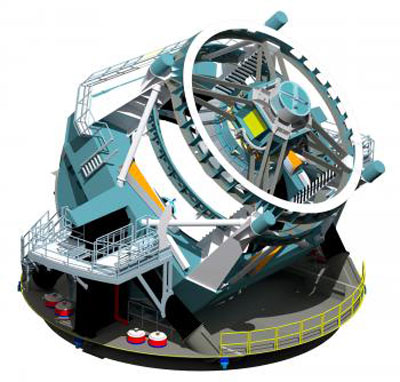 Large Synoptic Survey Telescope gets funding to begin construction.
Large Synoptic Survey Telescope gets funding to begin construction.
Aug 8th, 2014
Read more
Researchers are a step closer to understanding the birth of the sun.
Aug 7th, 2014
Read more
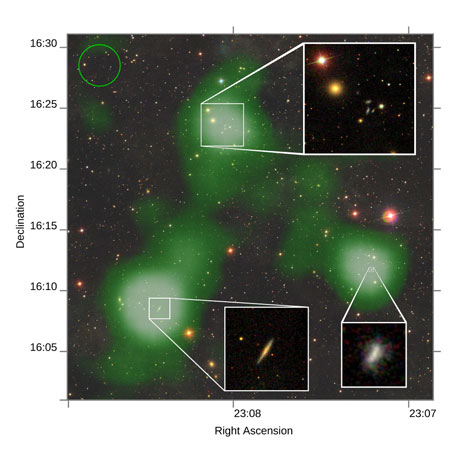 Astronomers have found a bridge of atomic hydrogen gas 2.6 million light years long between galaxies 500 million light years away.
Astronomers have found a bridge of atomic hydrogen gas 2.6 million light years long between galaxies 500 million light years away.
Aug 7th, 2014
Read more
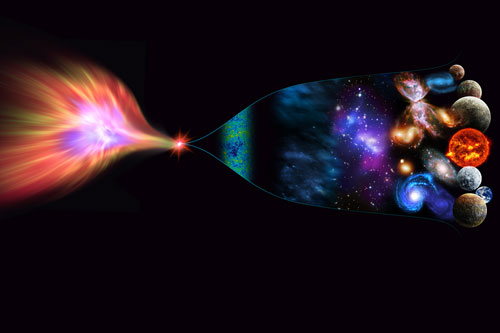 What we perceive as the big bang, researchers argue, could be the three-dimensional 'mirage' of a collapsing star in a universe profoundly different than our own.
What we perceive as the big bang, researchers argue, could be the three-dimensional 'mirage' of a collapsing star in a universe profoundly different than our own.
Aug 7th, 2014
Read more

 Subscribe to our Space Exploration News feed
Subscribe to our Space Exploration News feed











